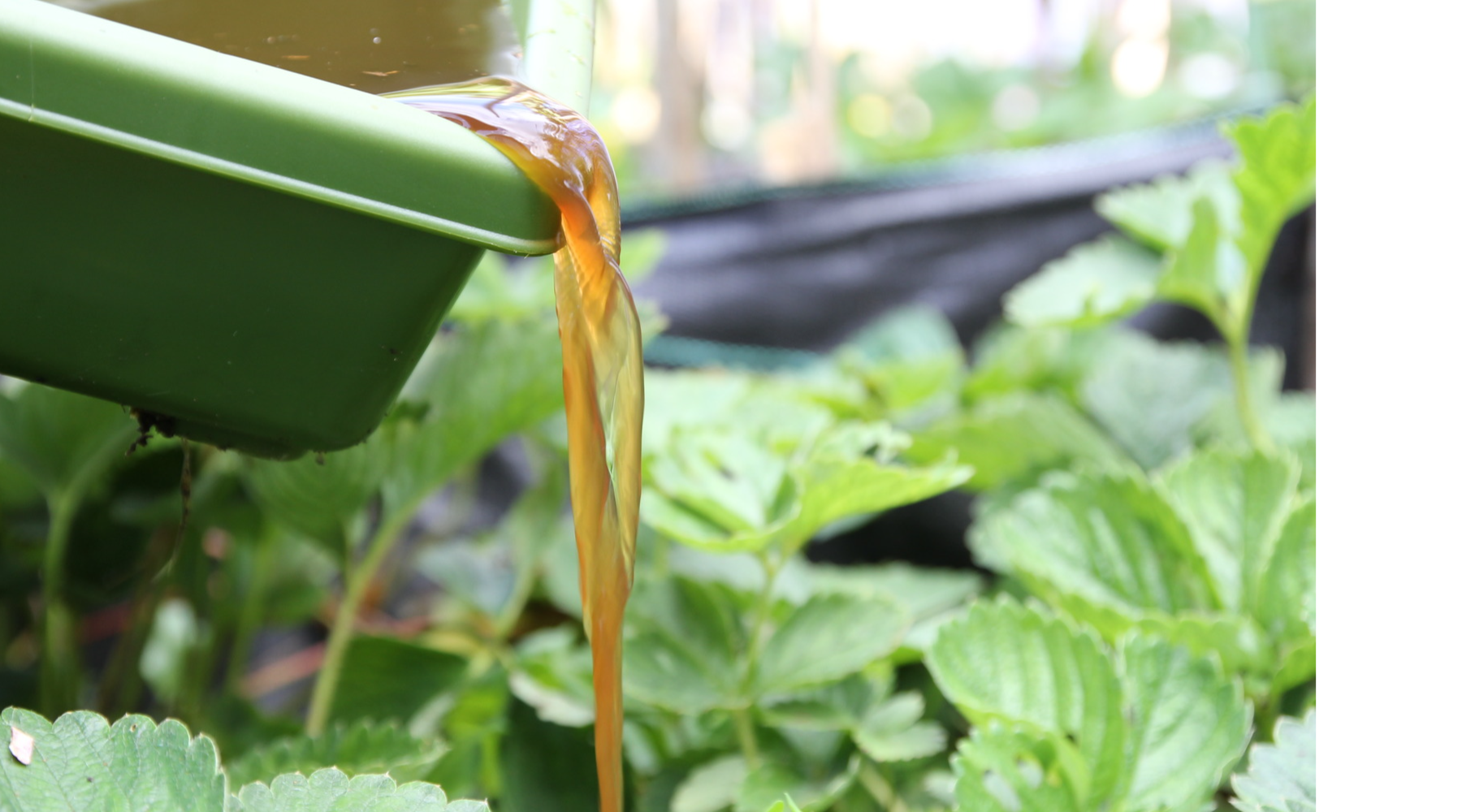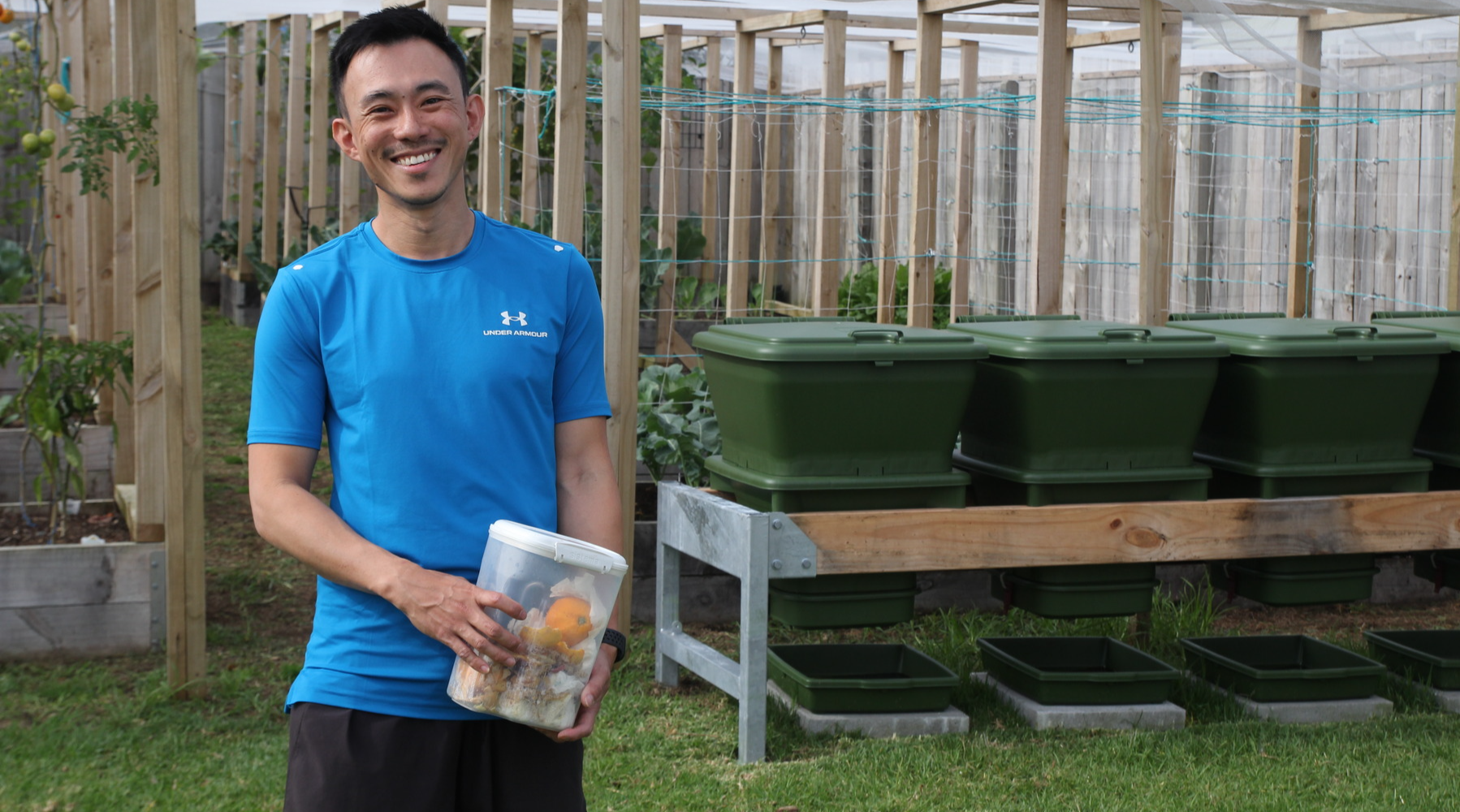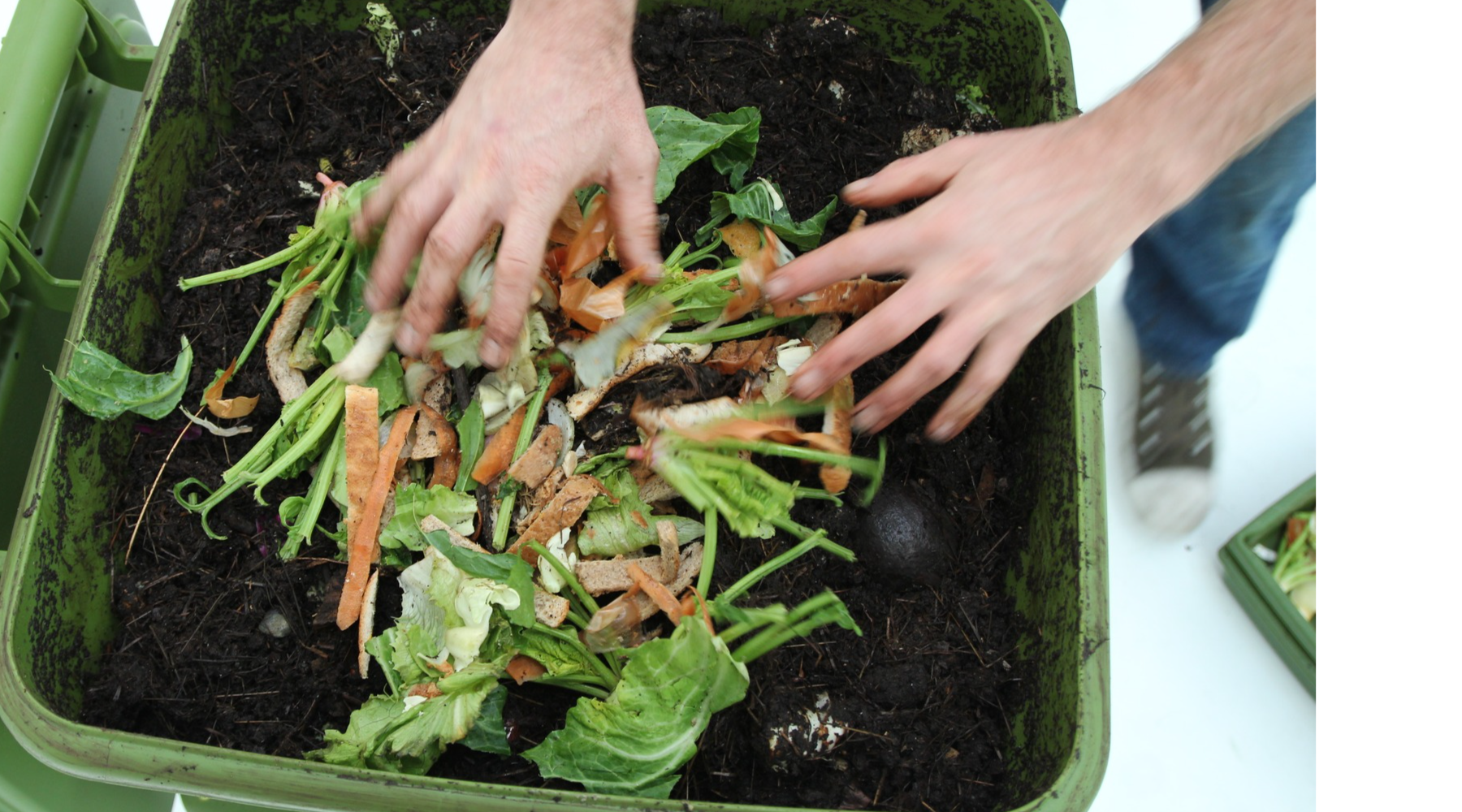Hungry Bin FAQ
Questions about the Hungry Bin? We have answers!
How does the Hungry Bin work?
The Hungry Bin is a compost bin that uses compost worms to process organic waste. The worms convert the waste into worm castings and nutrient-rich liquid, both of which serve as high-quality fertilizers.
What makes the Hungry Bin the best compost bin?
The Hungry Bin is designed to create an ideal living environment for compost worms. It's a clean, simple, and easy way to dispose of organic waste. The compost worms used are surface feeders and differ from earthworms.
How much space does the Hungry Bin take up?
The Hungry bin measures 25.6”L x 23.6”W x 37.4”H
Does it require power?
The hungry bin system does not require power, water or a sewerage connection like many other organic waste processing solutions. When installed, it has almost no on-going costs other than labour.
How much organic waste can The Hungry Bin process daily?
The Hungry Bin can process up to 2kg (4lb) of organic waste per day. The waste is placed in the top of the bin, where the worms consume it as it softens and decomposes.
How do I assemble my Hungry Bin?
Please visit our assembly page for directions on how to get set up.
How do I set up my Hungry Bin?
You can set up your new bin in 3 quick steps. Visit our Set Up page for all of the information.
Can the Hungry Bin be used outdoors year-round?
While the Hungry Bin is suitable for outdoor use, it's recommended to place it indoors during winter in cold weather environments. In summer, choose a sheltered, shady spot for optimal productivity, avoiding extremes of temperature.
Can The Hungry Bin be relocated easily?
Yes, you can relocate the Hungry Bin easily, the bin comes with wheels for easily transport. If it's outdoors in winter, make sure it's not subjected to freezing conditions for extended periods. Wheel it between different locations based on weather conditions or seasons.
What are compost worms and what do they do in the Hungry Bin?
Compost worms are different from common garden worms that live in soil. Unlike earthworms, compost worms do not make burrows in the soil, but live in the surface layer (the top 30cm or 12 inches). They have evolved to eat rotting plant matter on the forest floor, and are perfectly suited to break down food waste and will provide you worm castings and a nutrient-rich liquid, which are both high-quality fertilizers.
How often do I need to remove the worm castings from the bin?
In normal operation, the worm castings should be removed from the bin once every two to six months. They are easily accessible in the lower part of the bin and can be used as plant food or soil conditioner.
How do I use the nutrient-rich liquid produced by the Hungry Bin?
The liquid drains down through the bin and can be collected in the drip tray. It is an ideal fertilizer, but it's best to dilute it with water before feeding it to plants. A recommended dilution ratio is 1 part worm liquid to 10 parts water.
What type of food can I add to my Hungry Bin?
Your Hungry Bin thrives on a variety of organic waste. Here's a list of items you can add:
- Non acidic fruit and vegetable scraps
- Pulp from the juicer
- Cooked food
- Tea leaves/bags and coffee grounds
- Crushed/ground eggshells
- Hair, vacuum cleaner dust, soiled paper, tissues, handy towels, shredded egg cartons, toilet roll inners, paper lunch wrap
- Shredded moist newspaper & cardboard
Ensure food scraps are finely chopped and placed at the top of the bin for efficient decomposition by the compost worms.
Take a deeper dive

From Scraps to Splash: A Guide to the Liquid Harvest from your Hungry Bin
Composting is not just about turning kitchen scraps into nutrient-rich soil; it's also about tapping into the liquid gold that your Hungry Bin produces. A well-fed and thriving bin can yield appro...

Optimizing Efficiency: The Potential of Your Hungry Bin
Your Hungry Bin is not just a composting system; it's a living ecosystem that, when treated right, can operate at peak efficiency, transforming your kitchen scraps into nutrient-rich worm castings...

Nourishing Your Hungry Bin: A Guide to Feeding Compost Worms
Compost worms, nature's recyclers, thrive on a balanced diet. To ensure optimal performance from your Hungry Bin and the well-being of its resident compost worms, it's crucial to understand what t...
